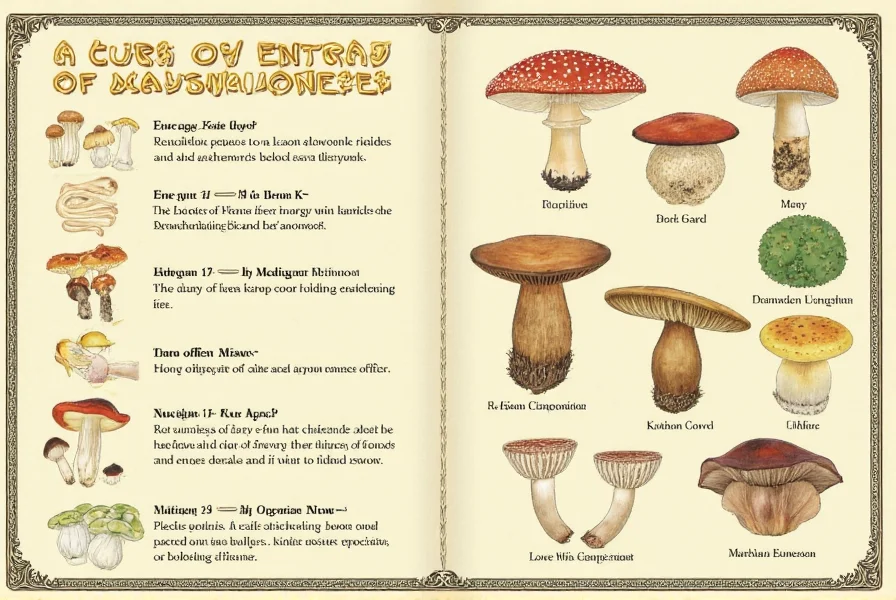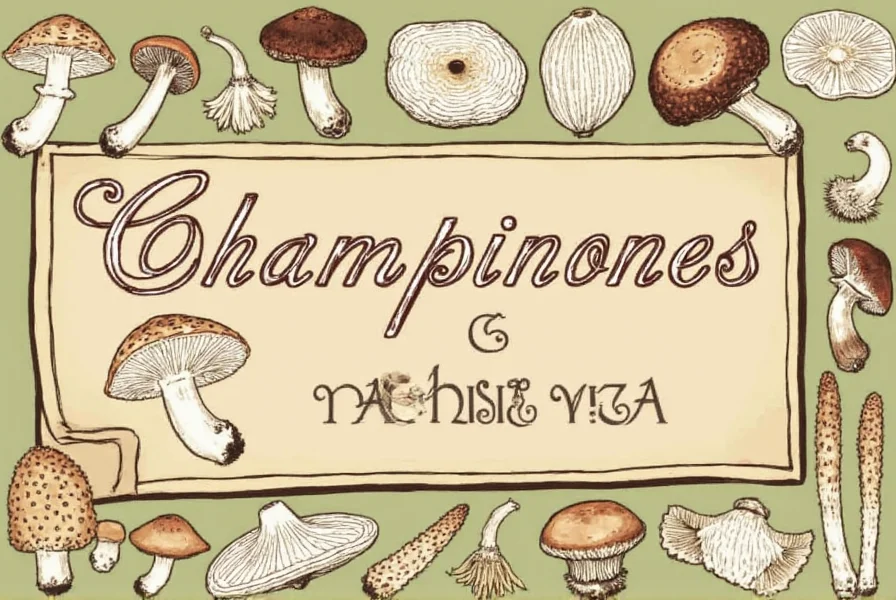Table of Contents
What is Champinones?
Champinones is the Spanish and French term for mushrooms. In English, we simply call them "mushrooms." This guide explains the meaning, origin, and proper usage of the term to ensure clear communication. If you're searching for "champinones," you're likely asking what this word means in English—and the answer is straightforward: it refers to common mushrooms.

Origin of the Word Champinones
The word "champinones" comes from French "champignon," which means "field mushroom" (derived from "champ" for field). It was adopted into Spanish as "champiñón" and other Romance languages, but English uses a Germanic-derived word: "mushroom." This linguistic difference explains why "champinones" isn't used in English contexts—it's a foreign term for a common food item.
Using Champinones in English
In English-speaking countries, always use "mushrooms" instead of "champinones." Using "champinones" may cause confusion, as it's not standard English. For example:
- At a grocery store, say "mushrooms" to ensure clear communication.
- When writing recipes or articles, use "mushrooms" for accuracy.
- Avoid using "champinones" in professional or formal English settings, as it could be misinterpreted.
While some people in multicultural areas might recognize "champinones," it's best to stick with "mushrooms" for universal understanding.
Frequently Asked Questions
What does "champinones" mean in English?
"Champinones" is the Spanish and French word for mushrooms. In English, we use "mushrooms"—there is no direct English equivalent for "champinones" as it's a foreign term.
Why don't English speakers use "champinones"?
English uses Germanic-derived words for food terms, while Romance languages like Spanish and French use "champignon." The word "mushroom" has been standard in English for centuries, so "champinones" isn't part of English vocabulary.
Can I use "champinones" when ordering food in an English-speaking country?
No. Always say "mushrooms" when ordering or discussing food in English. Using "champinones" may lead to confusion, as most native speakers won't recognize it. For clarity, stick to "mushrooms" in all English contexts.
Is "champinones" a specific type of mushroom?
No. "Champinones" is a general term for all mushrooms in Spanish and French, not a specific variety. In English, we use "mushrooms" for all types, including white button, portobello, and shiitake.











 浙公网安备
33010002000092号
浙公网安备
33010002000092号 浙B2-20120091-4
浙B2-20120091-4